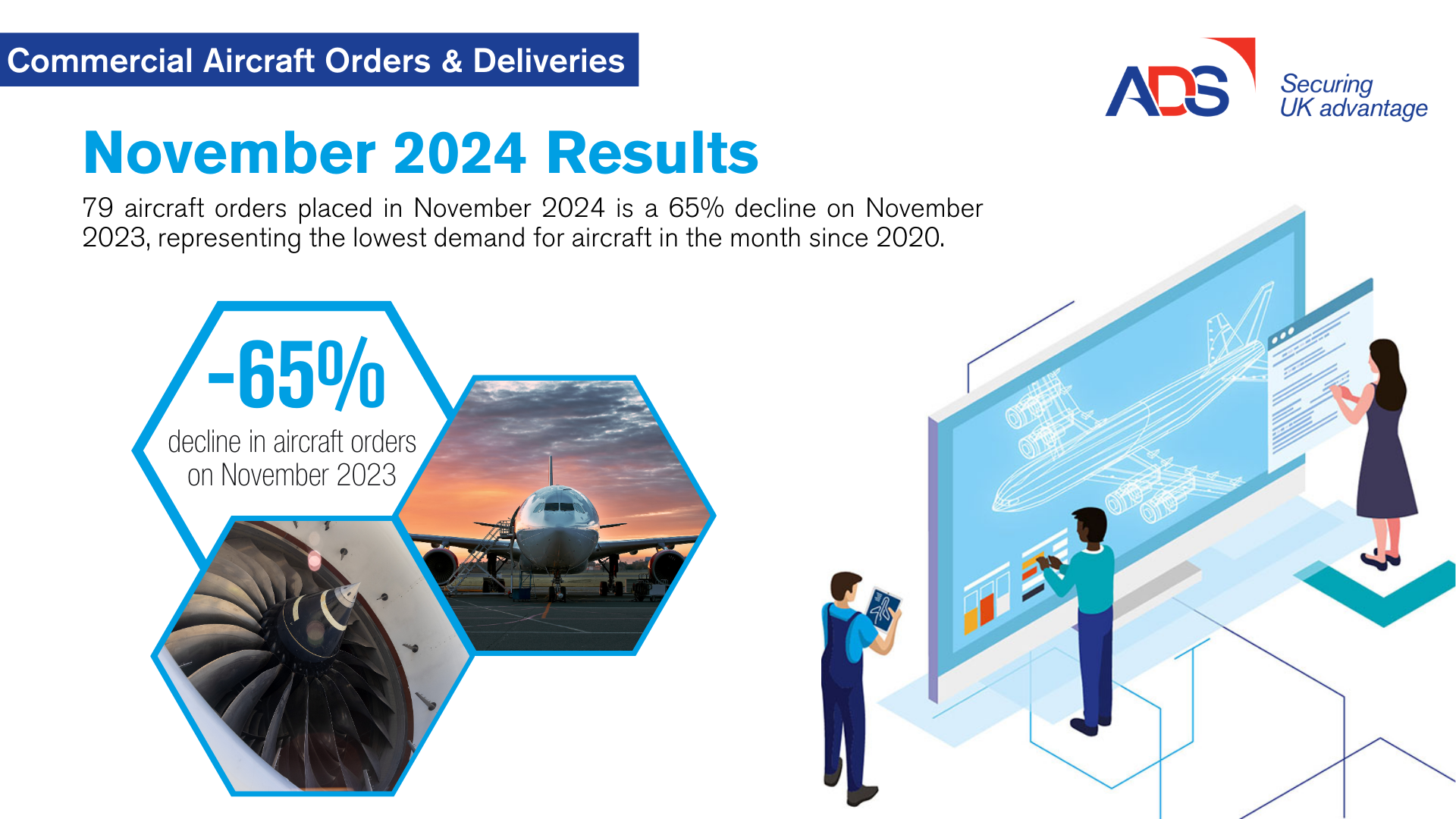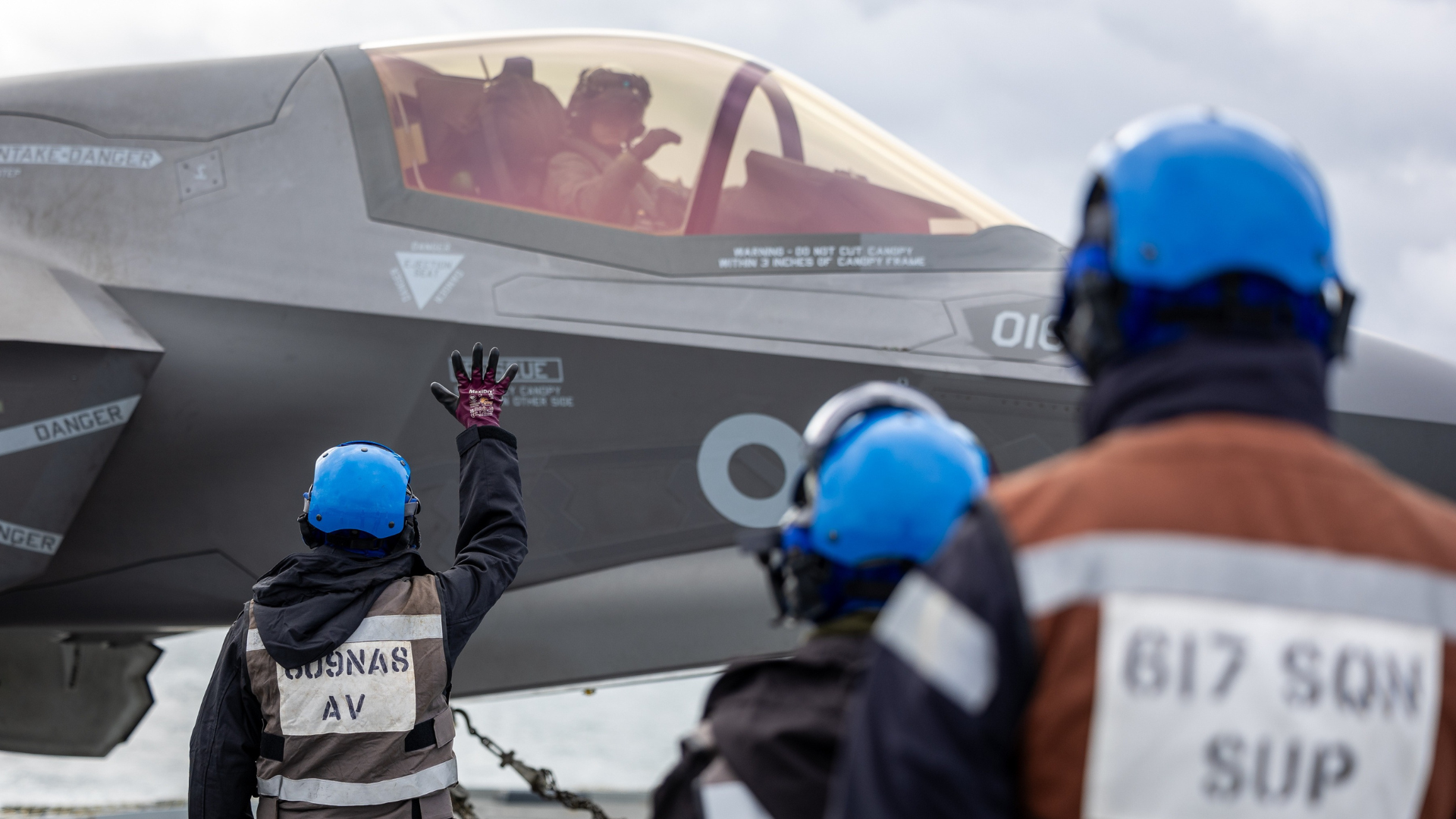Back at the end of September, we blogged that Airbus’ A350 XWB had reached an important and critical milestone in its development, with type certification from the European Aviation Safety Agency (EASA).
Today marks an important commercial milestone of the programme – as launch customer Qatar Airways takes delivery of the first of its 80 aircraft.
In the September blog, we also outlined the involvement of UK companies across the supply chain, in the production of the A350. From, windows to cargo nets to ovens and fridges, the UK’s aerospace sector plays an important and direct role – and is set to benefit from the programme over many years, from the 700+ orders already placed for the aircraft.
Alongside the extensive UK supply chain involvement, we should also take a closer at how the UK is not only critical to making the aircraft fly, but also why the commercial success is built on UK skills, expertise and knowledge.
Composite Wings – Tale of the Tape
http://videos.airbus.com/video/21db32e442fs.html
The North Factory in Broughton, North Wales manufactures all of the A350’s composite wings – supporting around 1,000 high value and highly skilled jobs in the process (including designers in Filton, Bristol). The wings are essentially made from carbon fibre tape – which is then laid out on a wing frame, placed into a autoclave and ‘pressure’ cooked in order to blend the materials together. This process makes the wing stronger and lighter than steel.
A lighter but stronger wing is therefore more flexible, allowing more lift and significantly reducing drag during the most critical stages of a flight. With Bombardier’s Belfast facility also producing composite wings for its C-Series, the UK is at the very heart of the future of commercial aircraft development and technology.
Engines – Saving Weight, Fuel and Emissions
https://www.youtube.com/watch?v=IOTx3RLQTaY
The Rolls-Royce Trent XWB is designed, developed and manufactured in Derby – representing half of Rolls-Royce order book and an investment of £1bn in R&D development costs. The engine is the most fuel efficient engine flying today, offers a 25% lower fuel burn per seat and module weight savings of 15%.
The Trent XWB represents the best of UK engineering, the best of UK manufacturing and the best of UK Aerospace.
This July, the UK was also lucky enough to see the A350 display throughout the Farnborough Air show week – the video below not only shows the distinctive A350 composite wings with blended winglets, but highlights how quiet a 220ft, 268 ton aircraft can really be!





